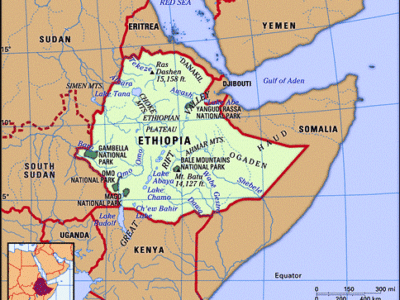On 3 and 4 June, the UNESCO-Africa-China Forum on World Heritage Capacity Building and Cooperation will seek to strengthen collaboration between Africa and China in the preservation of World Heritage. It will also provide an opportunity to take stock of the sustainable development challenges facing World Heritage sites in both China and Africa and foster the sharing of experience in this area.
The Director-General of UNESCO, Audrey Azoulay, will open the event in the presence of the Vice-President of Burundi, Joseph Butore, the President of UNESCO’s General Conference, Zohour Alaoui, the President of the Organization’s Executive Board, Byong-Hyun Lee, the Commissioner for Social Affairs of the African Union, Amira Elfadil, the Vice-President of the African Development Bank, Khaled F. Sherif, and the President of the Chinese National Commission for UNESCO, Tian Xuejun. Over two days, the Forum will bring together more than 150 participants: ministers, decision-makers from the culture, environment and development sectors, alongside academics, World Heritage site managers, and experts from Africa, China and Europe.
During the first day, plenary sessions will focus on the safeguarding of World Heritage, legislation, job creation and the empowerment of young people. The second day of the Forum will feature technical sessions on subjects such as World Heritage protection mechanisms and joint heritage conservation efforts in Africa and China.
These discussions will contribute to the promotion of a better representation of African sites on the World Heritage List, the improved the management of sites inscribed on the List of World Heritage in Danger, and the strengthening of exchange programmes between Africa and China. The Forum is also designed to facilitate the development of joint pilot and research projects.
Ninety-five African sites are inscribed on the World Heritage List, fewer than 9% of the all inscribed properties. Yet, African sites account for one third of the List of World Heritage in Danger. China for its part has 53 properties inscribed on the World Heritage List.


















